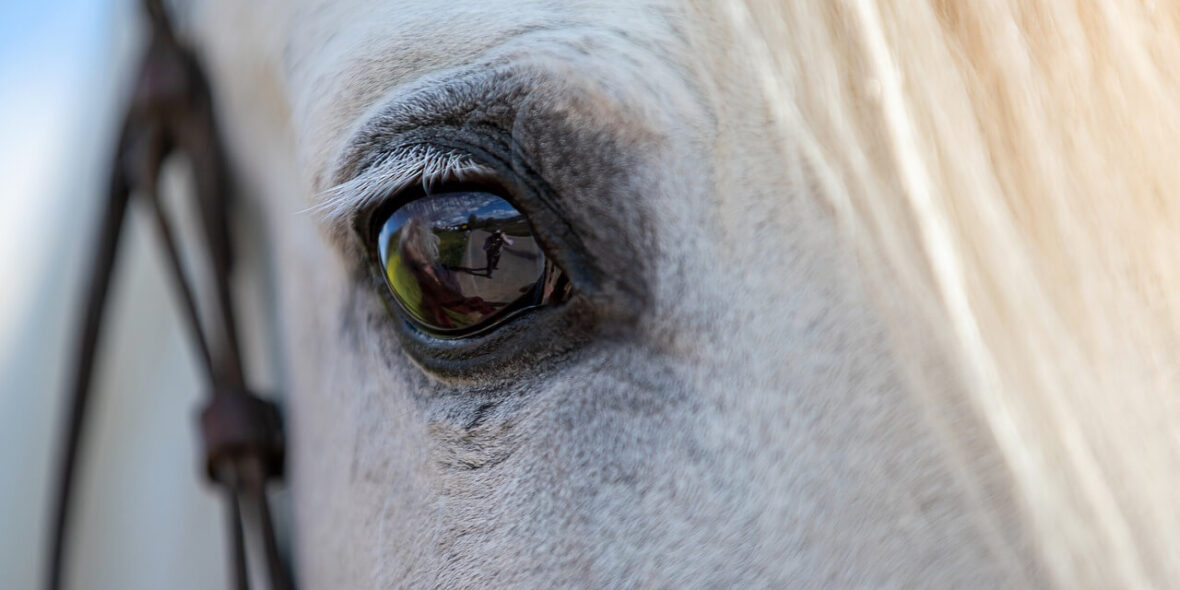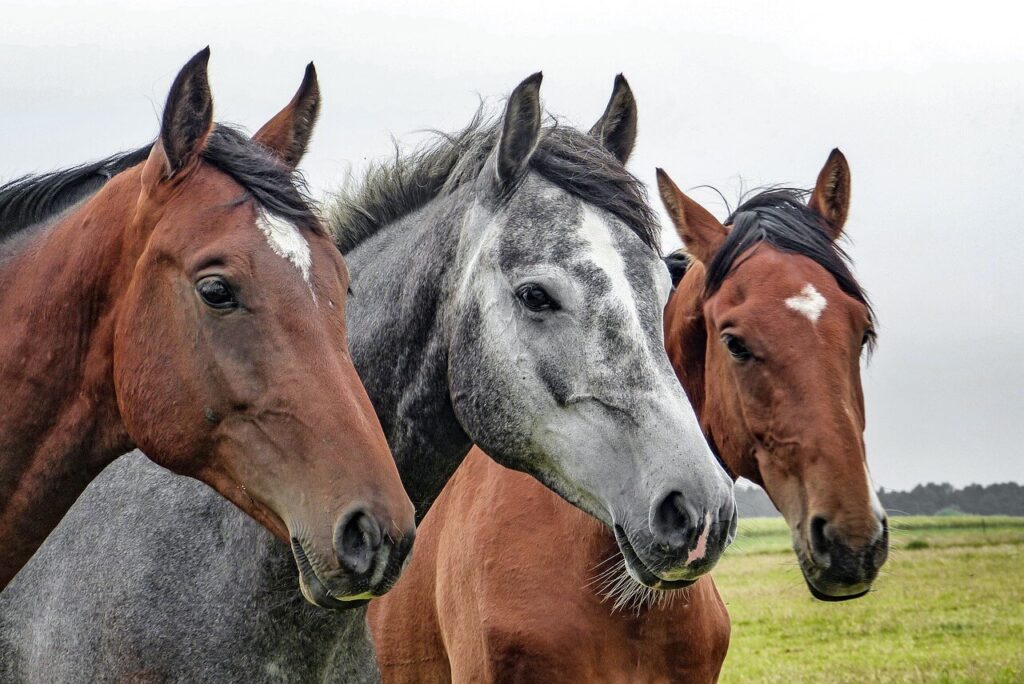
General Questions
- What are the different types of equestrian sports?
- Equestrian sports include show jumping, dressage, eventing, endurance riding, reining, and many others. Each discipline has its own set of rules and skill requirements.
- How do I get started with horseback riding?
- To start riding, find a reputable stable or riding school that offers beginner lessons. Schedule a lesson with a certified instructor who can guide you through the basics.
- What equipment do I need for horse riding?
- Essential riding equipment includes a riding helmet, boots with a heel, comfortable pants (such as breeches or jodhpurs), and gloves. As you progress, you might need additional gear like a saddle and bridle if you own a horse.
- Are there age restrictions for learning to ride?
- Most riding schools offer lessons for children as young as 4 or 5 years old. There is no upper age limit; people of all ages can learn to ride.
- What are the health benefits of horseback riding?
- Riding improves balance, coordination, and core strength. It also provides cardiovascular exercise, helps with mental well-being, and promotes relaxation and stress relief.
- How often should I ride to improve my skills?
- For beginners, riding once or twice a week is sufficient to develop basic skills. More frequent riding, such as three to four times a week, can lead to faster improvement.
Lessons and Training
- Do I need previous experience to start taking lessons?
- No previous experience is necessary. Beginners are welcome, and instructors will tailor lessons to your skill level.
- What should I wear to my first riding lesson?
- Wear comfortable pants that allow for movement, a close-fitting top, and boots with a small heel. A riding helmet will be provided if you don’t have one.
- How long is a typical riding lesson?
- Riding lessons typically last between 30 minutes to an hour, depending on the school and level of instruction.
- How do I choose the right trainer?
- Look for a trainer with certifications from recognized equestrian organizations, positive reviews from other riders, and experience in the discipline you’re interested in.
Horse Care
- What does basic horse care involve?
- Basic horse care includes feeding, grooming, regular exercise, hoof care, and routine veterinary check-ups. Ensuring a clean and safe living environment is also essential.
- How often should a horse be fed?
- Horses should be fed at least twice a day, with a diet tailored to their age, weight, and activity level. Fresh water should be available at all times.
- What are the signs of a healthy horse?
- A healthy horse has a shiny coat, clear eyes, and a good appetite. They should move freely without lameness and have regular, firm droppings.
- What vaccinations does my horse need?
- Common vaccinations include those for tetanus, influenza, and equine herpesvirus. Consult your veterinarian for a vaccination schedule tailored to your horse’s needs.
- How often should a horse be groomed?
- Horses should be groomed daily to maintain their coat and check for injuries or health issues. Regular grooming also helps build a bond between horse and rider.
- What should I do if my horse is injured or sick?
- Contact your veterinarian immediately if your horse shows signs of illness or injury. Keep the horse calm and provide first aid as recommended by the vet.
Competitions and Events
- What are the different levels of competition in equestrian sports?
- Competitions range from local shows to international events. Levels typically include beginner, novice, intermediate, and advanced categories, depending on the discipline.
- How can I register for an equestrian competition?
- To register, visit the event’s official website or contact the organizing committee. Ensure your horse and rider qualifications meet the event’s requirements.
- What should I expect at my first competition?
- Expect a busy environment with lots of other competitors. Arrive early to familiarize yourself with the venue, warm up properly, and follow the event schedule closely.
- What is the dress code for competitions?
- The dress code varies by discipline but typically includes a riding jacket, breeches, boots, and a helmet. Check the specific competition rules for detailed requirements.
- How are competitions judged?
- Judging criteria differ by discipline. For example, show jumping focuses on speed and accuracy, while dressage evaluates precision and harmony between horse and rider.
- What are the main governing bodies for equestrian sports?
- Key organizations include the International Federation for Equestrian Sports (FEI), national equestrian federations, and discipline-specific associations.
Safety
- What safety measures should I take while riding?
- Always wear a helmet, use proper riding gear, and ensure your tack is in good condition. Follow your instructor’s guidelines and ride within your skill level.
- Is horseback riding dangerous?
- Like any sport, horseback riding carries risks, but these can be minimized with proper training, safety gear, and caution.
- What type of helmet should I use?
- Use a helmet specifically designed for horseback riding that meets safety standards (e.g., ASTM/SEI certified). Ensure it fits snugly and is in good condition.
- How can I prevent injuries while riding?
- Warm up before riding, follow safety guidelines, use appropriate tack, and listen to your horse’s signals to avoid overexertion or stress.
- What should I do if I fall off my horse?
- Stay calm, check for injuries, and take a moment to recover. If you’re not hurt, remount with your instructor’s assistance. Seek medical attention if needed.
- What safety equipment is essential for horseback riding?
- Essential safety equipment includes a riding helmet, boots with a heel, gloves, and a safety vest for cross-country riding or jumping.

